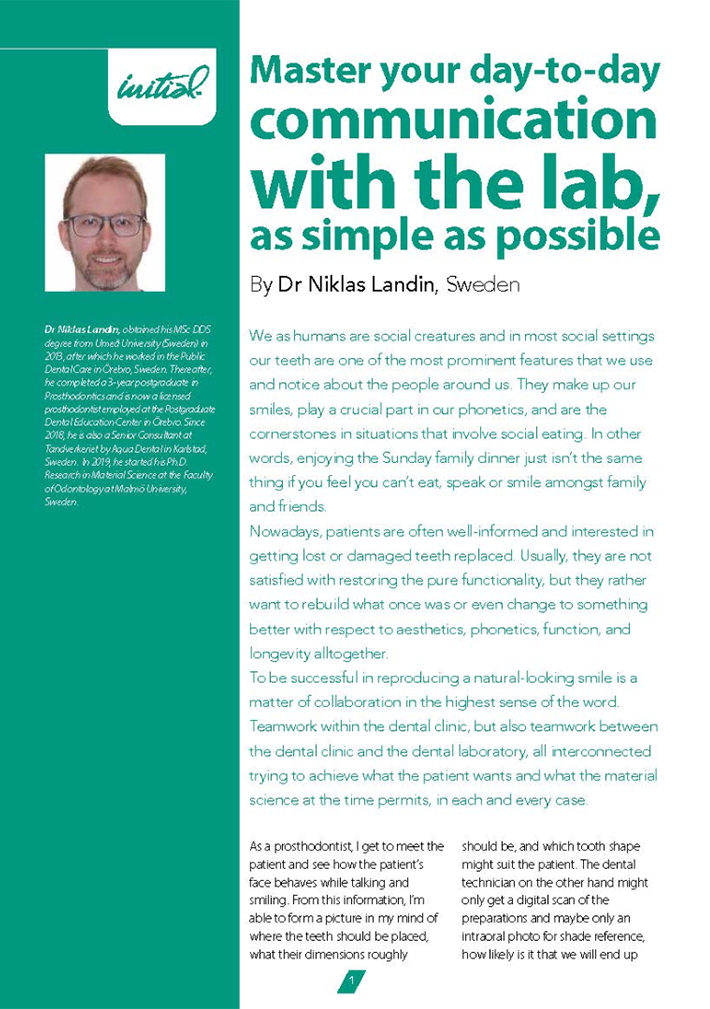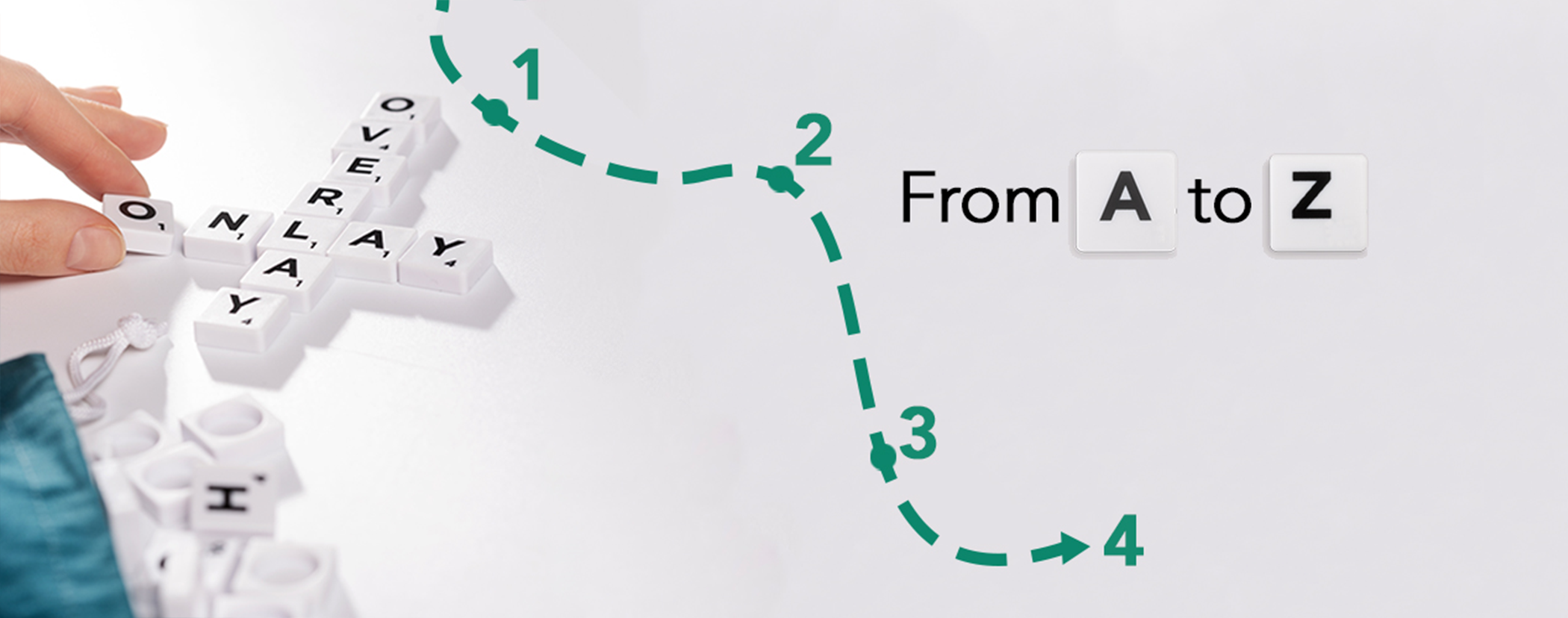
Let GC guide you for the restoration of indirect partial restoration with our smart solutions and tips & tricks!
3. Finishing & painting
indirect partial restorations is easy and fast with GC’s smart solutions! Both Initial LiSi Block and CERASMART270 can be simply polished with standard polishing wheels for unmatched gloss or painted for added characterization. Both options are fast, simple and efficient. The choice is yours!
Step-by-step
POLISHING
INITIAL LISI BLOCK
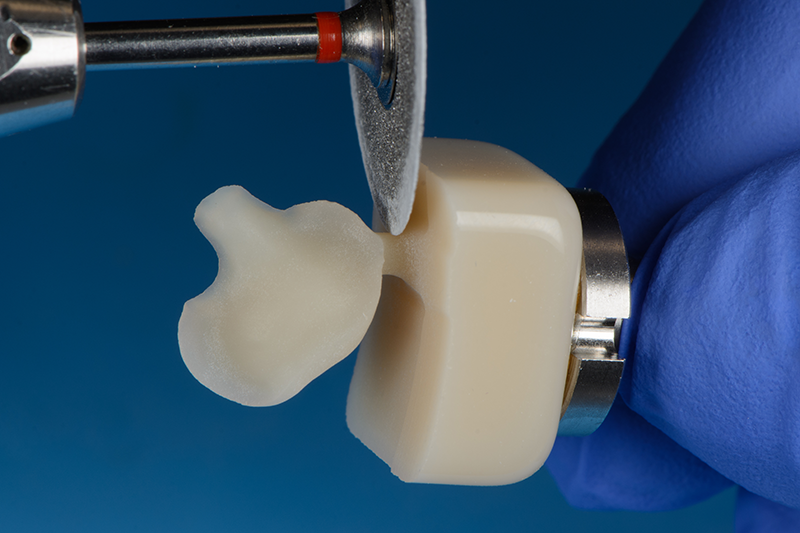
1. Remove the sprue with a diamond disc.

2. Polish with coarse polishing disc.

3. Polish with medium polishing disc.
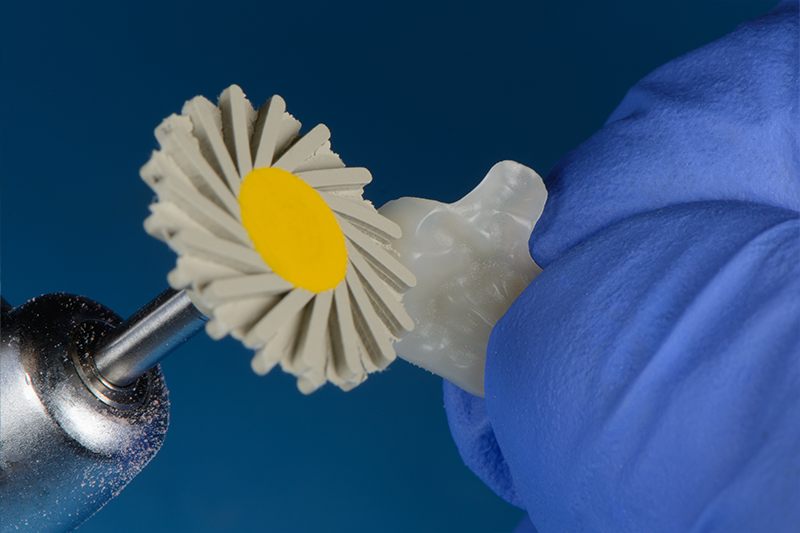
4. Finish with fine polishing disc.
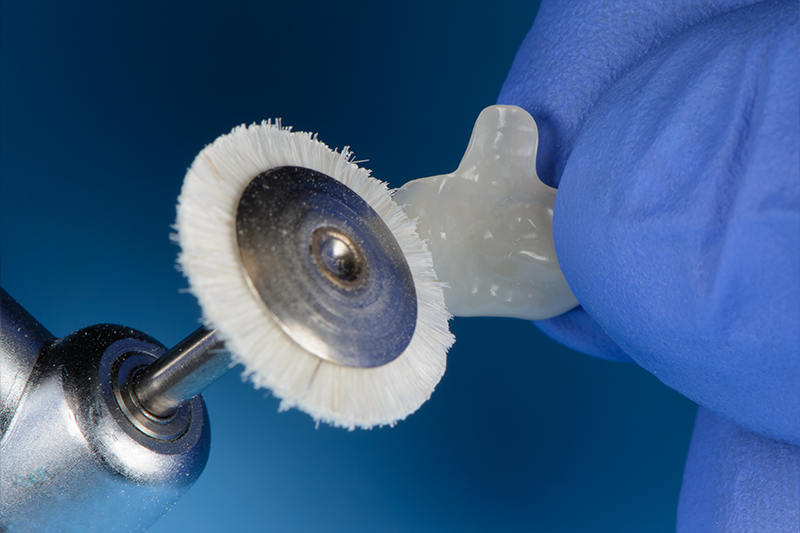
5. Polish with goat wheel and GRADIA DIAPOLISHER paste (optional).

6. Final result.
CERASMART270
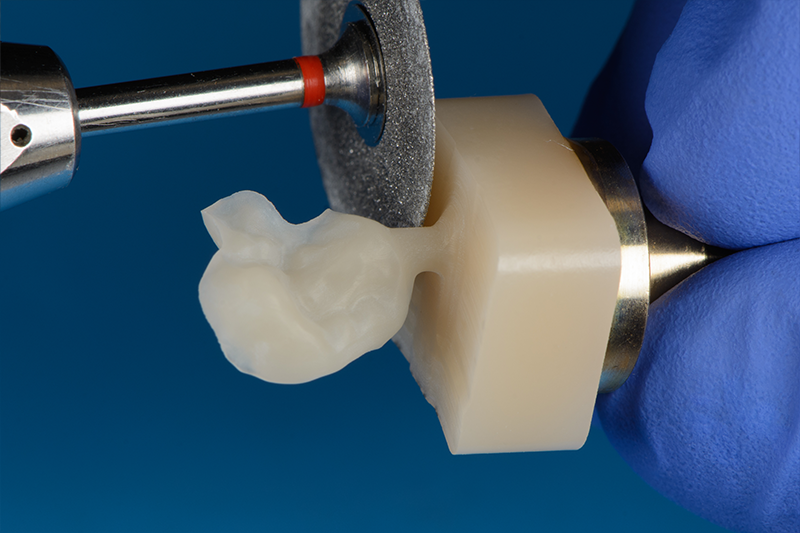
1. Remove the sprue with a diamond disc.
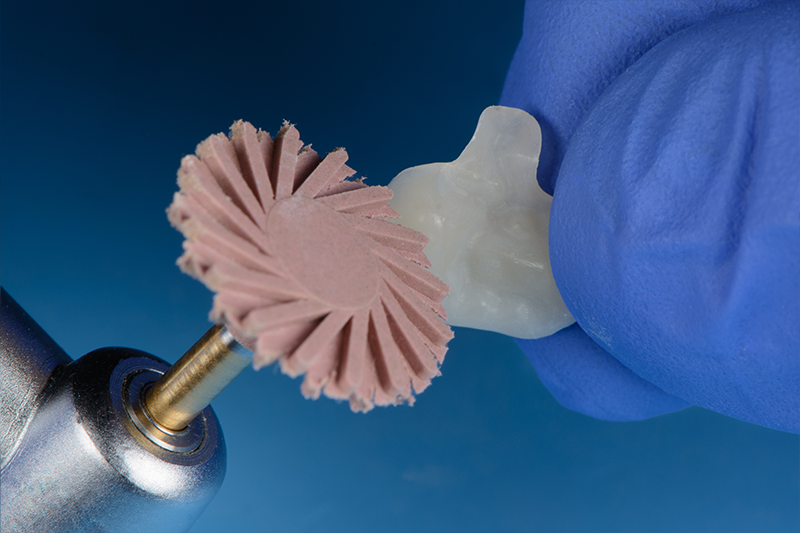
2. Polish with medium polishing disc.

3. Polish with fine polishing disc.

4. Polish with goat wheel and GRADIA DIAPOLISHER paste (optional).

5. Final result and try-in.
PAINTING
INITIAL LISI BLOCK

1. Remove the sprue with a diamond disc.

2. Set the base by glazing with L-NFL shade of Initial IQ Lustre Pastes ONE.

3. Paint with L-A shade of Initial IQ Lustre Pastes ONE for dentin effects.

4. Fire.

5. Final result.
CERASMART270

1. Remove the sprue with a diamond disc.

2. Roughen the surface with sandblasting. Pretreat the restoration with G-Multi PRIMER and air-dry.

3. Paint the fissures and cervical areas with OPTIGLAZE color.

4. Add gloss with OPTIGLAZE color Clear HV.
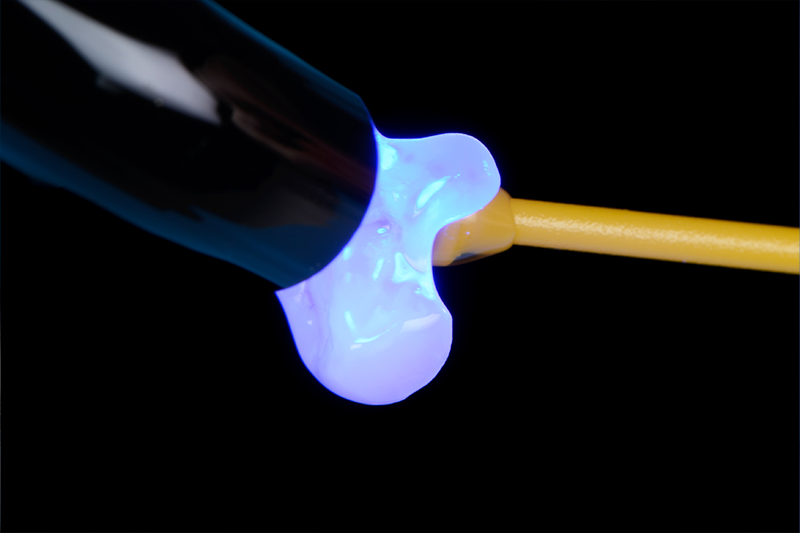
5. Light-cure.

6. Final result.
Tips & tricks for a beautiful finish
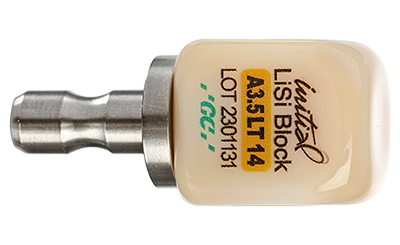
Initial LiSi Block
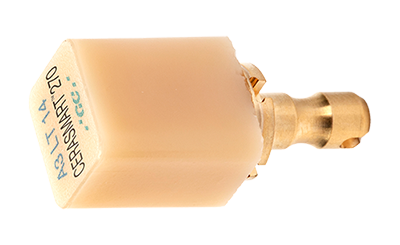
CERASMART270

POLISHING
Quick & easy with standard polishing wheels
- When polishing CERSAMART270 keep the handpiece at low rotation – between 3000 and 8000 RPM.
- When polishing Initial LiSi Block keep the handpiece at low rotation – between 10000 and 12000 RPM.
- Use a goat air brush and GRADIA DIAPOLISHER paste for the final polishing of both Initial LiSi Block and CERASMART270 restorations

CHARACTERISATION
Initial LiSi Block
- Add colour & fluorescence with Initial IQ Lustre Pastes ONE
- Dilute Lustre Pastes ONE with Diluting liquid on a mixing plate for optimal viscosity.
- If the paste has dried out in the jar, reactivate it with Refresh liquid.
- Use shade L-3 for translucency effects on the cusps and L-2 to add white spots.
- Make sure your brush is dry before painting.
- Calibrate your furnace and perform a trial firing to achieve the desired gloss level of your restoration.
CERASMART270
- Paint & coat with OPTIGLAZE color
- Create fissure effects with Red Brown.
- Add cervical effects with A Plus Cervical.
- Adjust the viscosity of OPTIGLAZE color with Clear HV.
- OPTIGLAZE color can be used to characterize the temporary restoration as well.
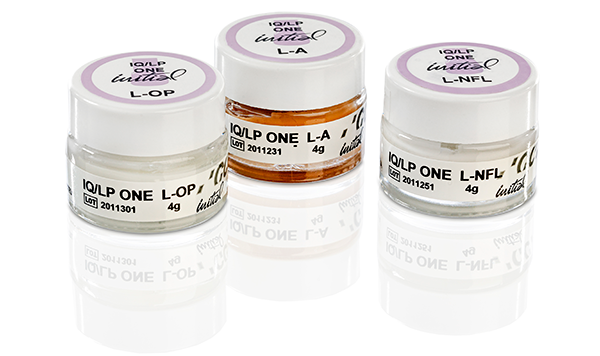
Final result
POLISHING

Initial LiSi Block

CERASMART270
CHARACTERISATION

Initial LiSi Block

CERASMART270
Videos
Downloads
FAQ

Which colors of OPTIGLAZE color should I use?
OPTIGLAZE color system offers a wide palette of colors that cover a variety of visual effects on the restoration. Here are a few suggestions for achieving the most commonly desired effects:
- use red brown for fissures and approximal areas
- use gray for transparency effects
- use Clear HV for gloss
Please refer to OPTIGLAZE color technique manual for a detailed explanation of each color:
Which brush should I use to paint the restoration with OPTIGLAZE color?
OPTIGLAZE color complete set contains two types of brushes: a flat brush and a round brush. Both brushes can be used to paint the restoration with OPTIGLAZE color. The round brush has a thinner tip and might serve you better for precise painting, for example the fissures. The flat brush is wider and is therefore more useful for applying bigger quantities of OPTIGLAZE color, for example glossing the restoration with a coat of Clear HV.
Do I have to fire OPTIGLAZE color?
OPTIGLAZE color shouldn’t be fired but should be light-cured with a light-curing device that provides the wavelength range between 390 and 430 nm.
How do I give the restoration a gloss effect with OPTIGLAZE color?
You can give the restoration a gloss effect with a coat of Clear HV.
Which colors of Lustre Pastes ONE should I use?
Lustre Pastes Set ONE offers 6 basic and 12 advanced colors for a variety of effects. For basic effects the following shades can be used:
- use L-A shade for fissures and dentin effects
- use L-NFL shade for glaze.
Please refer to Lustre Pastes ONE technical manual for detailed explanation of all shades:
MAN_Initial_IQ_Lustre_Pastes_One_technical_manual.pdf (gc.dental)
Which brush should I use to paint the restoration with Lustre Pastes ONE?
Lustre Pastes Set ONE comes with two round brushes: 00LP and 2LP. 00LP brush is thinner and can be used for precise application, such as fissure staining or white spots. 2LP brush is wider and can be used for application of a bigger quantity of the pastes, for example when glazing.
Do I have to fire Lustre Paste ONE?
Yes, Lustre Pastes ONE require firing. Please refer to the below table for precise firing instructions:
| Firing instructions | Lustre Pastes ONE |
| Preheating temperature | 450°C |
| Drying time | 2 min |
| Closing time | 2 min |
| Raise of temperature | 45°C /min |
| Vacuum | YES |
| Final temperature | 730°C – 750°C |
| Holding time | 1 min |
Which polishers should I use to polish my restoration?
Standard polishing silicon wheels are recommended for both CERASMART270 and Initial LiSi Block restorations. As an example, for polishing CERASMART270 restorations EVE’s DIACOMP plus TWIST system in combination with a goat wheel and DiaPolisher Paste can be used. For polishing Initial LiSi Block restorations EVE’s DIAPOL TWIST system can be used.
Is polishing of Initial LiSi Block enough?
Initial LiSi Block is a fully crystallized Litihium Disilicate block, so it does not require firing. Polishing of Initial LiSi Block restorations is enough.
What is the ideal speed for polishing?
The ideal speed for polishing is between 3000 and 8000 RPM for CERASMART270 restorations and between 10000 and 12000 RPM for Initial LiSi Block restorations.
How long does the polish of the restoration last?
Both materials CERASMART270 and Initial LiSi Block retain polish over time. CREASMART270 might eventually lose some polish due to it being a resin-based material. In that case it can be simply repolished intraorally. Initial LiSi Block, being a Lithium Disilicate block, retains the high polish effect long term.
Related products

Initial IQ Lustre Pastes ONE
Three-dimensional paintable ceramic
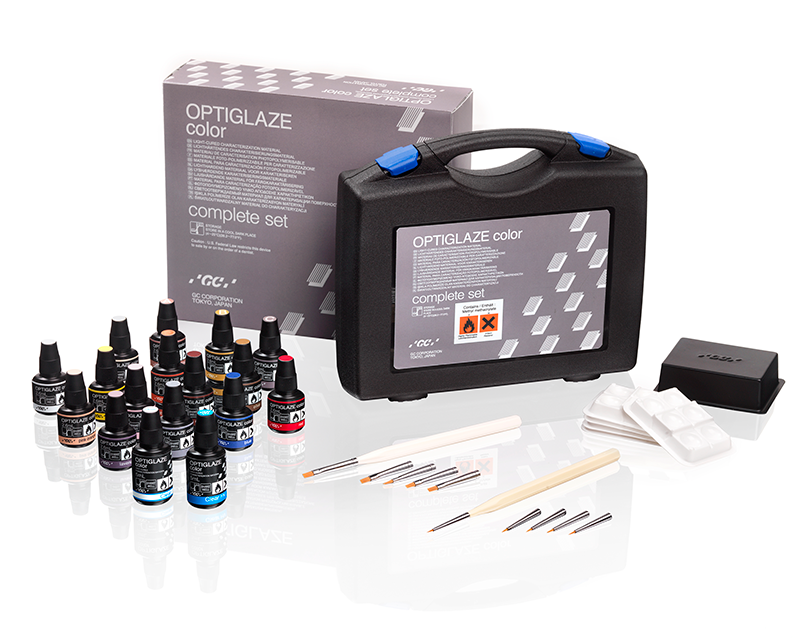
OPTIGLAZE color
Nano-filled light-cured protective coating








